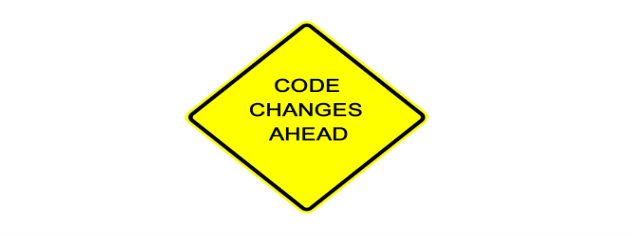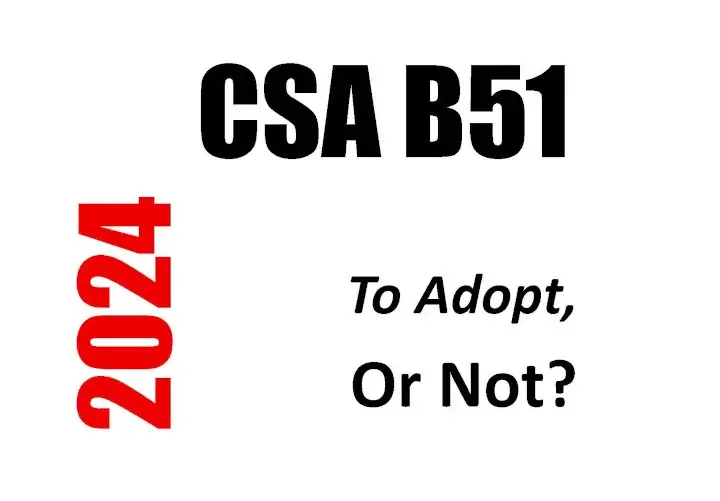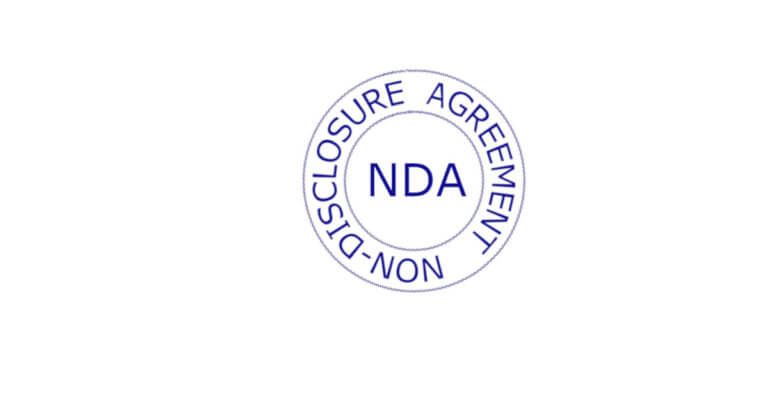As the year progresses and new codes are published, there are a few things to keep a lookout for, particularly with respect to material property requirements.
Two materials are of particular interest, and are reportedly likely to change with the 2019 edition of ASME Section VIII-1. The potential ramifications of these changes on pressure equipment designs and CRNs are quite significant and interesting.
SA-105, Specification for Carbon Steel Forgings
As many Canadians can attest, particularly this year, Canada is not a stranger to cold weather. The thermometer drops below -29C (-20F) with uncomfortable regularity here. As such, impact toughness characteristics and impact test requirements are of primary concern when designing pressure equipment for Canadian use. Nobody wants a pressure boundary to crack and lose containment.
With respect to the SA-105 material specification, somewhat recent brittle fracture incidents at relatively moderate temperatures have been reported, despite adherence to current code rules. As is, ASME Section VIII-1 2017 lists the SA-105 specification as a curve B material per ASME Section VIII-1 Figure UCS-66. We understand that the 2019 Edition of ASME Section VIII-1 will likely change this and instead list SA-105 as a curve A material, thereby requiring impact testing for SA-105 when it wasn’t required before.
We are relatively unsure about whether reclassification of A105 will immediately be reflected by the newest anticipated edition of ASME B31.3 or ASME B31T.
Regardless, the reclassification of SA-105 will be of interest to industry. SA-105 is a common choice for flanges and other forgings for all sorts of pressure piping, and would likely be one of the most, if not the most, prevalent type of carbon steel forging currently used in pressure equipment design.
Since this code change will be more stringent than recent requirements, the onus will be upon end users and manufacturers to ensure that pressure equipment being made, sold and used meets current code requirements. Over the recent past, code changes have instead relaxed requirements in general and so designs with pre-existing CRN were automatically grandfathered by subsequent code changes.
It will also be interesting to see how regulators administer this code change given it makes the code more stringent than what was originally required for pre-existing registered CRNs. Regulators maintain an archive of all registered designs and can compel manufacturers and end users to adapt to more stringent code requirements as needed.
Grade P91 Alloy Steel
This material seems to be a preferred choice for some thermal power plant station designs, given its reported relatively high strength at high temperatures.
However, concerns about P91 material failures and measurements of reduced strength in some circumstances have reportedly led the 2019 Edition of ASME Section I to consider substantial reductions in allowable strength! Minutes from a recent Pressure Equipment Sub-Council meeting report that expected allowable strength reductions are to be in the order of up to 19%!!
As you probably know, permitted pressure is directly proportional to the strength of the material containing that pressure. If code requires that the allowable strength of P91 pressure boundaries to be reduced by 19% then, excluding corrosion allowance if any, the maximum permitted pressure will also be reduced by a proportional amount.
The effect on the existing power plant operation and future designs could be substantial. For reliable and efficient operation, design conditions of power plants are carefully controlled and specified. Needless to say, a prescribed pressure reduction in maximum operating pressure could be, at best, very problematic for the power industry and the public that depends on electricity.
Similar to code changes relating to the SA105 material specifications, it will be interesting to see how regulators administer code changes relating to P91 grade material, given these changes make the code more stringent than what was originally required for pre-existing boiler CRNs. On behalf of the public, regulators must be satisfied that pressure equipment designs are as safe as, or safer than, what current code requires. Regulators maintain an archive of all registered designs and can compel manufacturers and end users to adapt to more stringent code requirements as needed.




